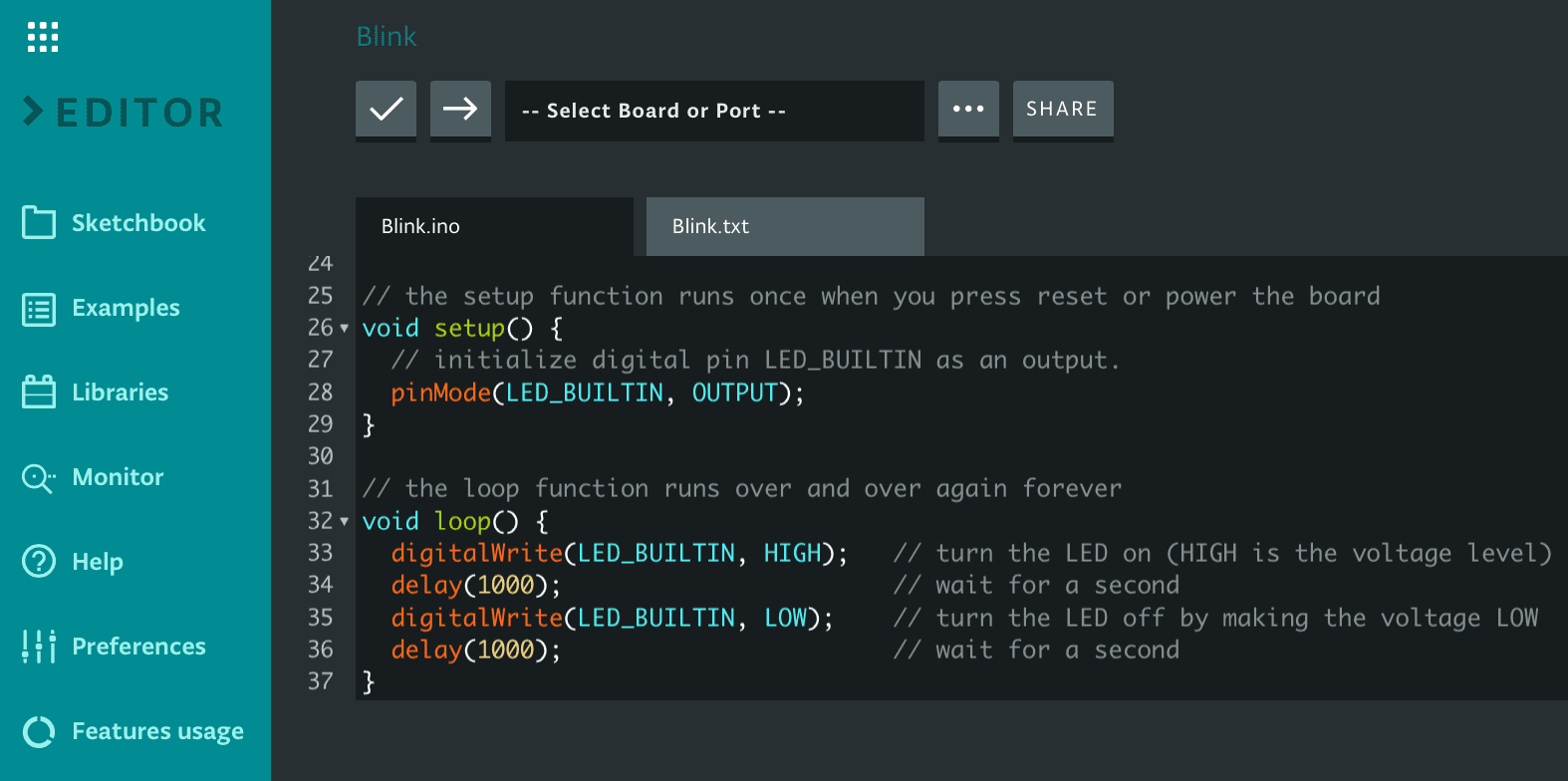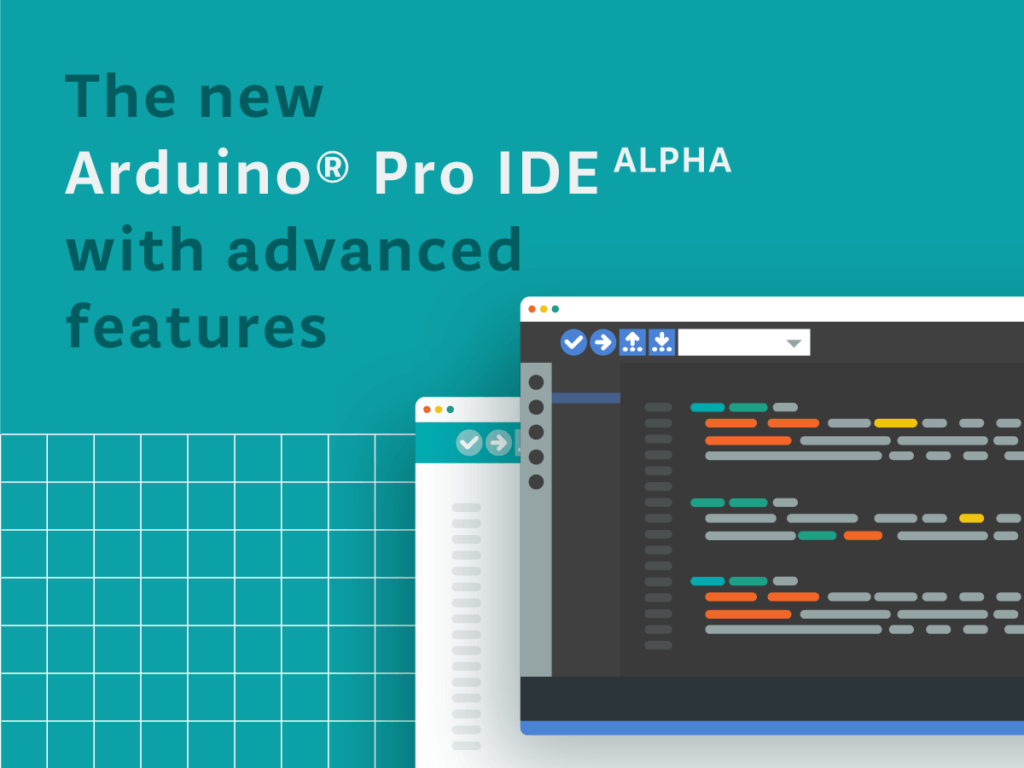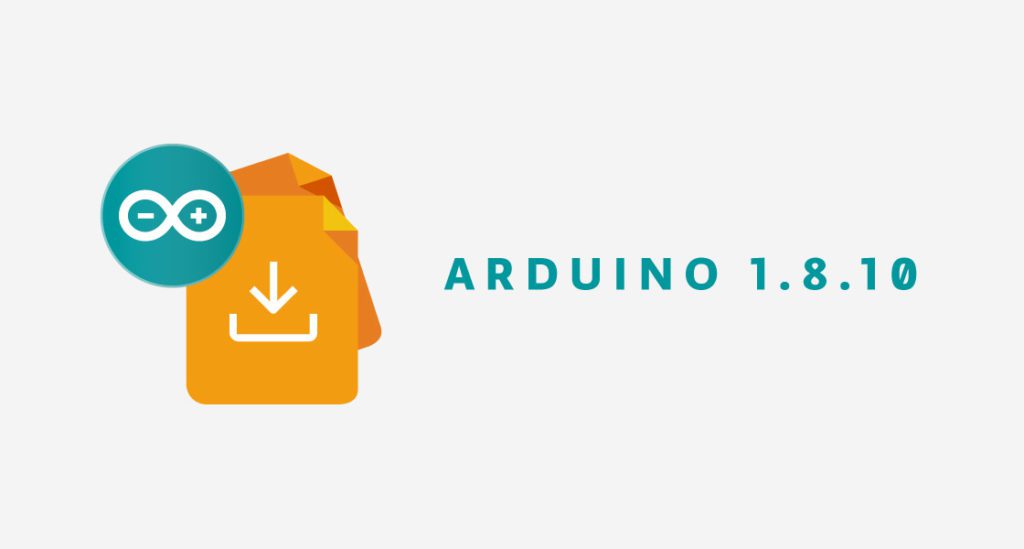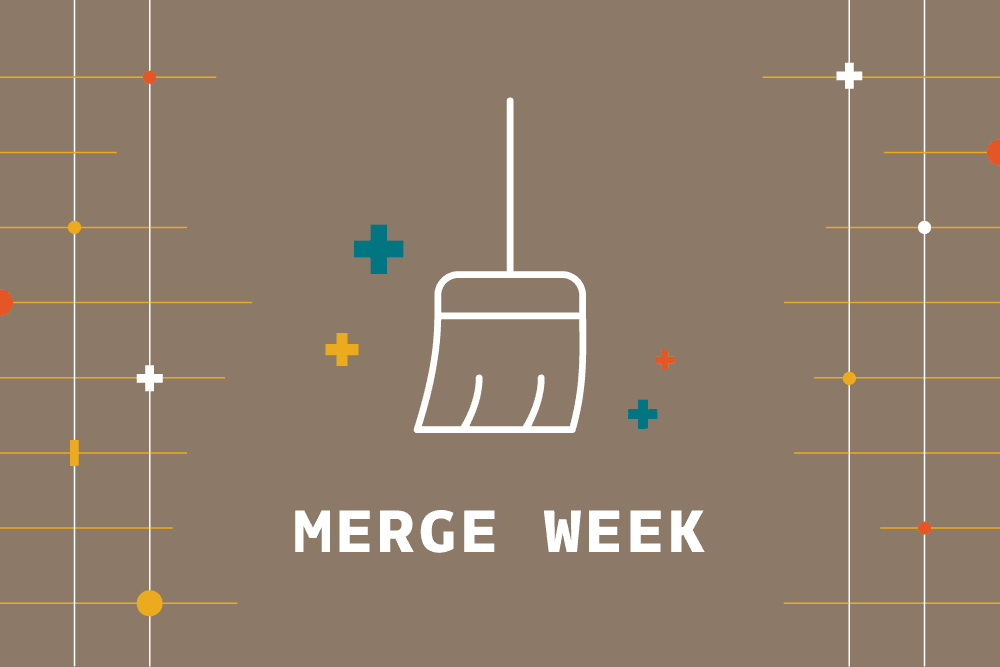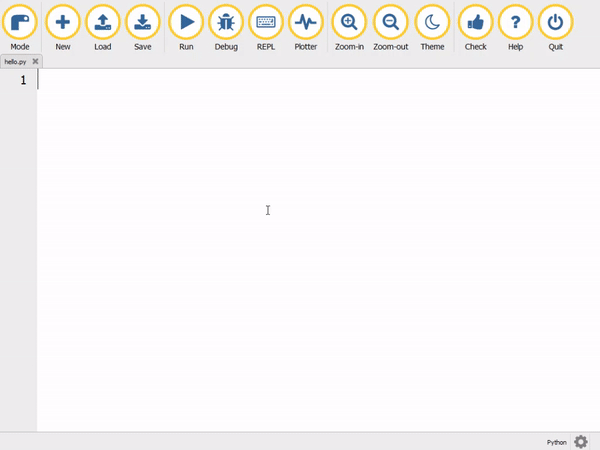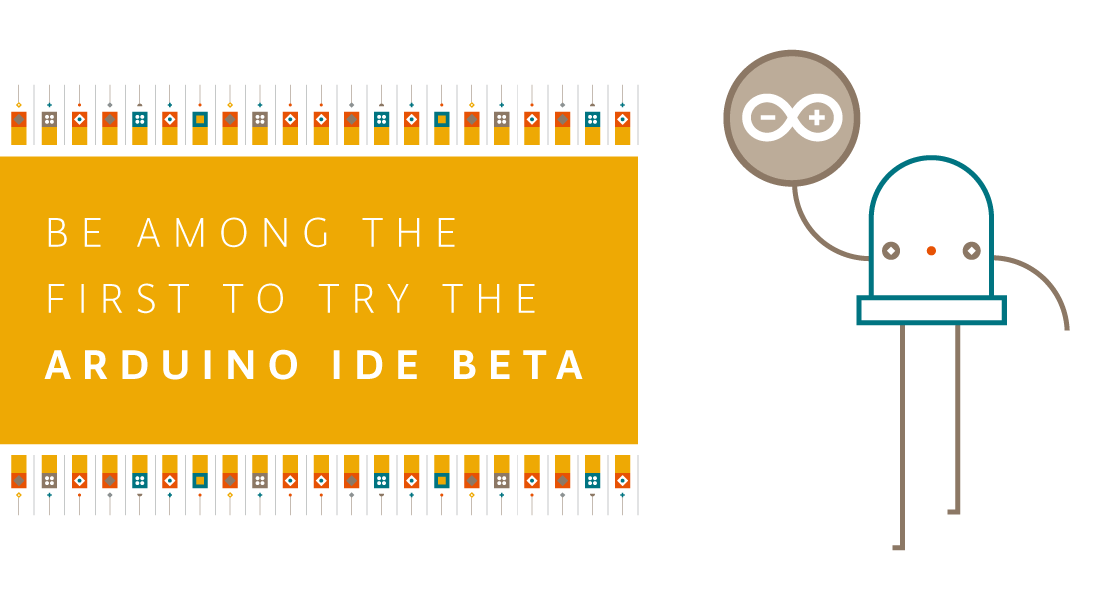Schlagwort: IDE
-

New Arduino Pro IDE: A closer look
Reading Time: 4 minutesLast weekend we announced that we’re working on the new Arduino Pro IDE and we got a huge response! Let’s take a deeper look at what is in store. Here are the choices you have to develop code from Arduino today — some you might know, others you might not — and…
-

Arduino Pro IDE (alpha preview) with advanced features
Reading Time: 2 minutesArduino Pro IDE (alpha preview) with advanced features mastrolinux — October 18th, 2019 Live from Maker Faire Rome on Saturday, October 19th at 16.00 CET, Massimo Banzi and Luca Cipriani will push the button to release the new Arduino Pro IDE (alpha) — watch this space. The simplicity of the Arduino IDE…
-

Arduino 1.8.10 has been released with improved accessibility
Reading Time: 2 minutesArduino 1.8.10 has been released with improved accessibility Arduino Team — September 16th, 2019 Hey Arduiners, Today we are releasing IDE 1.8.10 and you should try it because it’s awesome! With the support of our incredible community, we’ve been improving a lot of (small and not so small) things. Besides taking a…
-

Merge Week: 1 week, 4 developers, resolved issues for all!
Reading Time: 2 minutesMerge Week: 1 week, 4 developers, resolved issues for all! Arduino Team — September 15th, 2019 The holidays are over and we’re back at work, so it’s time to clean up the house. To get ready for autumn, our amazing dev team has decided to devote an entire week to resolve as…
-

Mu, a new Python IDE for beginners
Reading Time: 2 minutesMu is a very simple-to-use Python editor and IDE (integrated development environment) and this week, version 1.0 was released! New Mu Mu is designed to be as user-friendly and as helpful as possible for new Python programmers, presenting just the tools that are useful, such as: Syntax highlighting Automatic indentation In-built help Code…
-

Linux support comes to Arduino Create
Reading Time: 2 minutesLinux support comes to Arduino Create Arduino Team — November 3rd, 2017 We’re excited to announce a new update to the Arduino Create web platform, which will enable fast and easy development and deployment of IoT applications with integrated cloud services on Linux-based devices. What this means is that users will be able…
-

Be among the first to try the Arduino IDE 1.9 Beta
Reading Time: 3 minutesToday we’re very excited (and a bit nervous) to announce the new development cycle of the Arduino IDE. As you may have noticed, we’ve been continuously removing functionality from the Java package, and migrating them to a collection of external tools. We began this project by moving the build logic to arduino-builder,…
